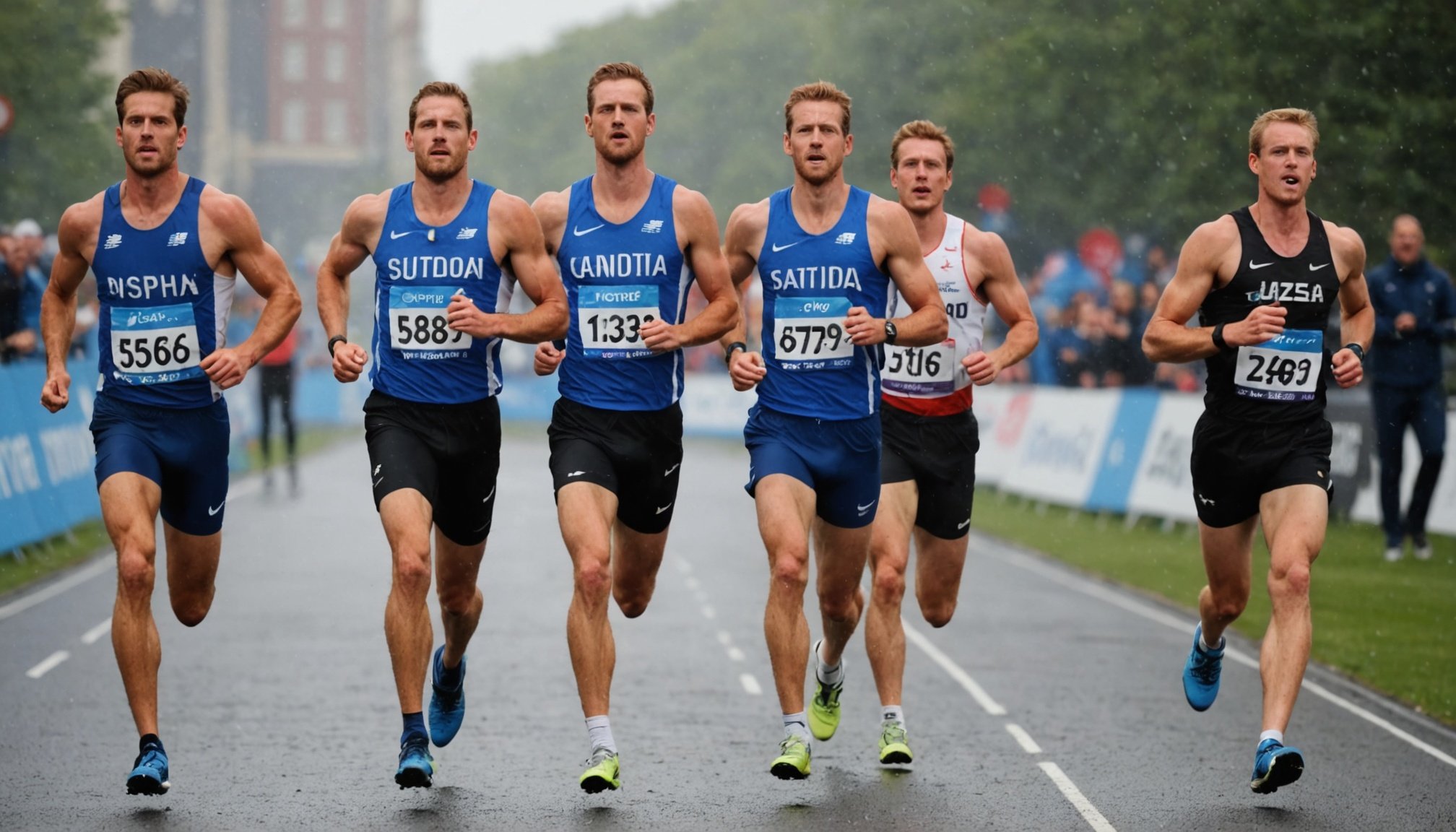Outdoor events are a cornerstone of sports culture, particularly in the UK, where numerous competitions take place throughout the year. Athletes constantly strive to push their limits and achieve peak performance. However, one of the often overlooked factors that can significantly influence their success is the weather. From scorching summer days to chilly winter nights, temperature, humidity, and wind can alter how athletes perform. This article delves into the various climate conditions that can impact athletes during outdoor events, as well as how training and preparation must adapt to these environmental variables.
The Role of Temperature in Athletic Performance
Temperature is arguably one of the most critical weather variables affecting athletes during outdoor events. Studies have shown that both high and low temperatures can adversely impact physical performance. For instance, high temperatures can lead to overheating and dehydration, causing a decline in endurance and overall performance. When the body’s internal temperature rises beyond a certain threshold, it triggers a cascade of physiological responses designed to cool down the body, which can detract from an athlete’s ability to perform optimally.
Also to see : What are the best ways for UK athletes to prepare for post-retirement life?
Conversely, extreme cold can also hinder performance. Low temperatures can lead to muscle stiffness, reduced strength, and an increased risk of injury. Athletes must maintain their body temperature for optimal muscle function, and when the environment is too cold, this becomes challenging. It is essential for athletes to monitor the temperature and acclimatize their bodies accordingly, ensuring they are not only prepared physically but also psychologically for the challenges posed by the climate.
Moreover, temperature fluctuation during events can lead to inconsistent performances. For example, if an athlete trains in cooler conditions but competes in unusually warm weather, their performance may suffer as their body is not accustomed to the heat. It’s crucial for athletes and their coaches to analyze historical weather data and adapt training schedules to simulate conditions they might face during competitions.
Also to discover : What are the psychological benefits of participating in team sports for children?
Humidity and Its Effects on Athletic Output
Humidity is another vital factor that affects athletes’ performance. When humidity levels rise, the air becomes saturated with moisture, making it difficult for sweat to evaporate from the skin. This can lead to overheating, as the body’s primary cooling mechanism becomes less effective. Athletes may experience fatigue more rapidly in high humidity, which can impair stamina and overall performance.
Additionally, high humidity can adversely affect an athlete’s cardiovascular system. The heart has to pump harder to circulate blood and maintain core temperature, which can lead to decreased endurance. Studies documented in PubMed have shown that athletes can experience a drop in performance metrics when competing in humid conditions compared to drier environments.
To combat the effects of humidity, athletes should focus on hydration strategies tailored to their needs. Consuming electrolytes before, during, and after an event can help maintain fluid balance and optimize performance. Furthermore, training in humid conditions can help acclimatize the body, allowing athletes to better handle similar situations during competitions. Understanding the relationship between humidity and athletic output is crucial for athletes aiming for optimal performance in outdoor events.
Wind: A Double-Edged Sword
Wind can be a double-edged sword when it comes to outdoor sports. On one hand, a high wind speed can create a cooling effect, which may be beneficial in hot conditions. However, excessive wind can also pose challenges that affect athletic performance negatively. For example, athletes competing in running, cycling, and swimming can find themselves facing strong gusts that impede their progress, causing them to exert more energy and consequently tire faster.
Furthermore, wind can lead to unpredictable conditions, particularly in events like sailing and archery. Athletes must adapt their techniques and strategies based on wind direction and speed, leading to additional mental strain during competitions. Research indicates that wind can alter an athlete’s focus and execution, potentially leading to points lost or times slowed.
To prepare for windy conditions, athletes should incorporate wind simulation into their training sessions. Practicing in varied wind conditions can allow athletes to develop strategies to mitigate the effects of wind on their performance and improve overall resilience. Awareness of potential wind patterns during competition can also aid athletes in planning their approach, whether on the field, track, or water.
Environmental Changes and Their Long-term Impact on Athletes
Athletes today face an evolving climate, which can result in unpredictable and extreme weather conditions. These changes can have profound effects not only on individual events but also on the overall landscape of outdoor sports. As climate change accelerates, we can expect more frequent high temperatures, increased humidity, and unpredictable wind patterns, each reshaping how athletes train and compete.
Adapting to these changes is essential for sustained athletic performance. Coaches and sports scientists must utilize research from platforms like Google Scholar and PubMed to stay informed about emerging trends and findings that can affect athletic performance. This knowledge enables them to develop training programs that consider potential environmental impacts. Athletes should also be educated on the implications of climate change, empowering them to make informed decisions regarding their health and performance.
In addition, outdoor sporting events may need to adjust schedules or formats to accommodate changing weather conditions. Organizers must stay ahead of climate trends to ensure athlete safety and optimal competition conditions. This adaptation not only maximizes athletic performance but also safeguards the health of participants.
In conclusion, the weather plays a crucial role in the performance of UK athletes during outdoor events. Understanding the effects of temperature, humidity, and wind can help athletes prepare more effectively for competitions. By employing strategies that account for these environmental factors, athletes can enhance their performance and minimize the risks associated with adverse conditions.
As the sports landscape continues to evolve with the changing climate, it becomes increasingly important for athletes and coaches to stay informed and adaptable. Utilizing research from resources like Google Scholar and PubMed can empower athletes to implement evidence-based strategies that will enable them to thrive regardless of the weather. Through careful preparation and a proactive approach to training, athletes can achieve their best performance, even when the elements are not in their favor. Remember, understanding and adapting to environmental challenges is key to success in outdoor sports.











